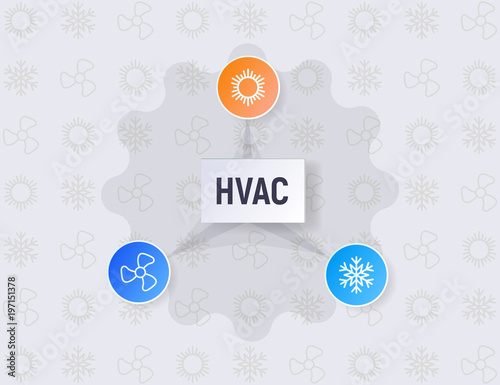The Ultimate Guide To Comprehending Warmth Pumps - Exactly How Do They Work?
The Ultimate Guide To Comprehending Warmth Pumps - Exactly How Do They Work?
Blog Article
Writer-Hoppe Bland
The best heatpump can conserve you substantial quantities of money on energy expenses. They can additionally help in reducing greenhouse gas emissions, particularly if you utilize power instead of nonrenewable fuel sources like gas and heating oil or electric-resistance furnaces.
Heat pumps work significantly the same as a/c unit do. This makes them a sensible option to traditional electric home heating unit.
How They Function
Heatpump cool down homes in the summer and, with a little assistance from electrical power or gas, they give several of your home's heating in the winter season. They're a good alternative for people that want to minimize their use of nonrenewable fuel sources however aren't ready to replace their existing furnace and air conditioning system.
They depend on the physical truth that also in air that seems too cold, there's still power present: warm air is always relocating, and it intends to relocate right into cooler, lower-pressure environments like your home.
The majority of power STAR accredited heat pumps operate at near to their heating or cooling capability throughout the majority of the year, decreasing on/off biking and saving power. For the very best performance, concentrate on systems with a high SEER and HSPF score.
The Compressor
The heart of the heatpump is the compressor, which is likewise known as an air compressor. This mechanical moving device uses possible energy from power development to boost the pressure of a gas by minimizing its volume. It is various from a pump in that it just services gases and can't collaborate with liquids, as pumps do.
Atmospheric air gets in the compressor through an inlet valve. It circumnavigates vane-mounted arms with self-adjusting length that divide the inside of the compressor, developing multiple tooth cavities of varying dimension. The rotor's spin pressures these tooth cavities to move in and out of phase with each other, compressing the air.
ducted heat pump prices attracts the low-temperature, high-pressure refrigerant vapor from the evaporator and presses it right into the warm, pressurized state of a gas. This process is duplicated as required to provide heating or air conditioning as needed. relevant website contains a desuperheater coil that reuses the waste warm and includes superheat to the cooling agent, changing it from its liquid to vapor state.
The Evaporator
The evaporator in heatpump does the exact same point as it does in fridges and ac system, changing liquid cooling agent into a gaseous vapor that gets rid of warmth from the room. Heat pump systems would certainly not function without this crucial tool.
This part of the system lies inside your home or structure in an interior air trainer, which can be either a ducted or ductless device. It includes an evaporator coil and the compressor that compresses the low-pressure vapor from the evaporator to high pressure gas.
Heat pumps absorb ambient warmth from the air, and then use electrical power to move that warm to a home or business in heating mode. That makes them a lot much more power efficient than electrical heating units or heating systems, and due to the fact that they're making use of tidy electrical power from the grid (and not burning fuel), they also create far fewer emissions. That's why heatpump are such wonderful environmental choices. (Not to mention you can try this out that they're coming to be so preferred.).
The Thermostat.
dc heat pump services are fantastic choices for homes in cool environments, and you can use them in mix with typical duct-based systems or even go ductless. They're a wonderful alternative to nonrenewable fuel source furnace or conventional electric heating systems, and they're more lasting than oil, gas or nuclear heating and cooling tools.
Your thermostat is the most crucial element of your heat pump system, and it works really differently than a standard thermostat. All mechanical thermostats (all non-electronic ones) job by using compounds that change size with boosting temperature, like curled bimetallic strips or the expanding wax in a car radiator shutoff.
These strips contain two different kinds of steel, and they're bolted with each other to develop a bridge that finishes an electric circuit linked to your HVAC system. As the strip gets warmer, one side of the bridge expands faster than the other, which triggers it to bend and signal that the heater is needed. When the heat pump remains in home heating setting, the reversing valve turns around the flow of cooling agent, to make sure that the outside coil currently functions as an evaporator and the indoor cyndrical tube ends up being a condenser.